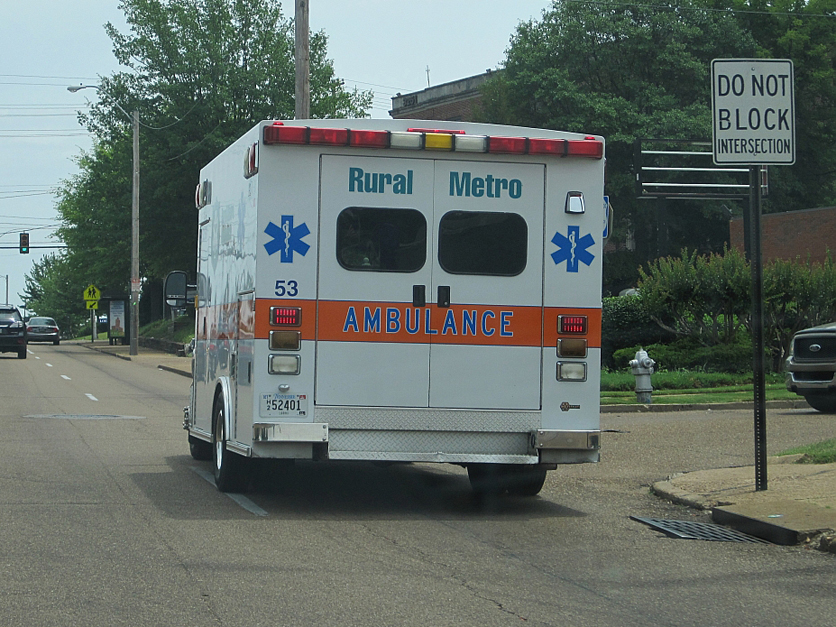Rural residents are far more likely to die from preventable causes than people living in cities, and the urban-rural health gap has gotten significantly worse in recent years, according to a new report from the Centers for Disease Control and Prevention.
The growing difference in rates of preventable deaths from cancer underscores the divide: In 2017, 21.7 percent of cancer deaths in the most rural counties were potentially preventable in 2017, compared with only 3.2% in the most urban counties that year. In 2010, 28.7 percent of deaths from cancer in the most rural areas and 17.9% of those in the most urban areas were preventable, said the report released Thursday in CDC’s Morbidity and Mortality Weekly Report.
The rural gap also has widened over the eight-year period for heart disease and for chronic lower respiratory disease.
“There are proven strategies for reducing health risks like cigarette smoking and obesity and we need to redouble our prevention efforts to reach those living in rural areas, where risks tend to be higher,” said CDC Director Robert Redfield.
The report analyzed counties in six categories ranging from most urban to most rural. That breakdown and health statistics combined to show decreases in preventable deaths were much more prevalent in urban areas. For some causes there were even increases in preventable deaths in rural counties.
For instance, 44.9% of the 2017 deaths from heart disease in rural areas were deemed “potentially preventable,” compared to 18.5% in one of the urban classifications. In 2010 45.1% were deaths from heart disease were potentially preventable in rural areas, compared to 24.1% in large fringe metropolitan areas.
The gap in preventable deaths also widened in chronic lower respiratory diseases (from 30.9 in 2010 to 44.1 in 2017). The gap was mostly stable in potentially preventable stroke deaths and actually decreased in deaths from unintentional injury, but the CDC attributed the latter to the impacts of the opioid crisis on urban areas rather than improvements in rural counties.
The report suggests a handful of potential solutions to curb potentially preventable deaths among the 46 million residents of rural areas:
- Screen for high blood pressure and make blood pressure control “a quality improvement goal;”
- Increase cancer prevention in early detection through participation in state-level comprehensive control coalitions;
- Encourage diet and exercise;
- Encourage patients to quit smoking;
- Promote motor vehicle safety;
- Follow CDC guidelines when prescribing opioids.
Michael Stanley, CEO of Grace Health in Corbin, Ky., told Agri-Pulse that one of the biggest challenges in rural America today is recruiting healthcare providers.
“We don’t have enough primary care providers coming out and practicing to make up for those physicians who are retiring,” Stanley said after a Senate Agriculture Committee hearing Thursday where he was a witness.
He also pointed out that opioid addiction continues to be a problem. “That substance use disorder that is rampant is putting a big demand on our behavioral health team.”
The CDC report noted that 31% of rural counties are considered to have "concentrated poverty," where at least 20% of the population is poor, compared with 15% to 19% of metropolitan counties. Nationally, 17% of the U.S. population lives below the poverty line, which in 2017 was $24,600 for a family of four.
"Availability of resources for preventive services and access to health care also is more limited in non-metropolitan areas," the report said. "Residents of non-metropolitan counties are more likely to report less access to health care and lower quality of health care."
Ben Nuelle contributed to this report.
For more news, go to www.Agri-Pulse.com.


